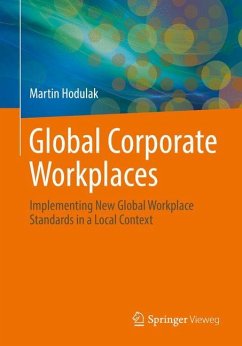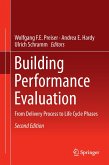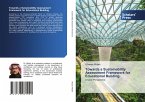This book is about the currently evolving global standardization of corporate workplace models and the challenges this poses for their implementation in a local context.
In recent years, multinational corporations were increasingly engaged in the development of standardized global workplace models. For their implementation and feasibility, it is decisive as how these standards fit the diverse regional workplace cultures. This topic was pursued in the course of a research project, comparing established workplaces in Germany, USA and Japan against global workplace standards of multinational corporations.
The analysis confirmed the expected differences among local workplaces and on the other hand a predominant mainstream among global corporate workplace standards. Conspicuous however, are the fundamental differences between local models and corporate standards. For the implementation of global standards in local context, this implies multiple challenges on cultural, organizational and spatial level. The analysis findings provide information for assessing current projects and pinpointing optimization measures. The analysis framework further provides a tool to uncover and assess needs and restrictions for the development of future workplace models.
In recent years, multinational corporations were increasingly engaged in the development of standardized global workplace models. For their implementation and feasibility, it is decisive as how these standards fit the diverse regional workplace cultures. This topic was pursued in the course of a research project, comparing established workplaces in Germany, USA and Japan against global workplace standards of multinational corporations.
The analysis confirmed the expected differences among local workplaces and on the other hand a predominant mainstream among global corporate workplace standards. Conspicuous however, are the fundamental differences between local models and corporate standards. For the implementation of global standards in local context, this implies multiple challenges on cultural, organizational and spatial level. The analysis findings provide information for assessing current projects and pinpointing optimization measures. The analysis framework further provides a tool to uncover and assess needs and restrictions for the development of future workplace models.








